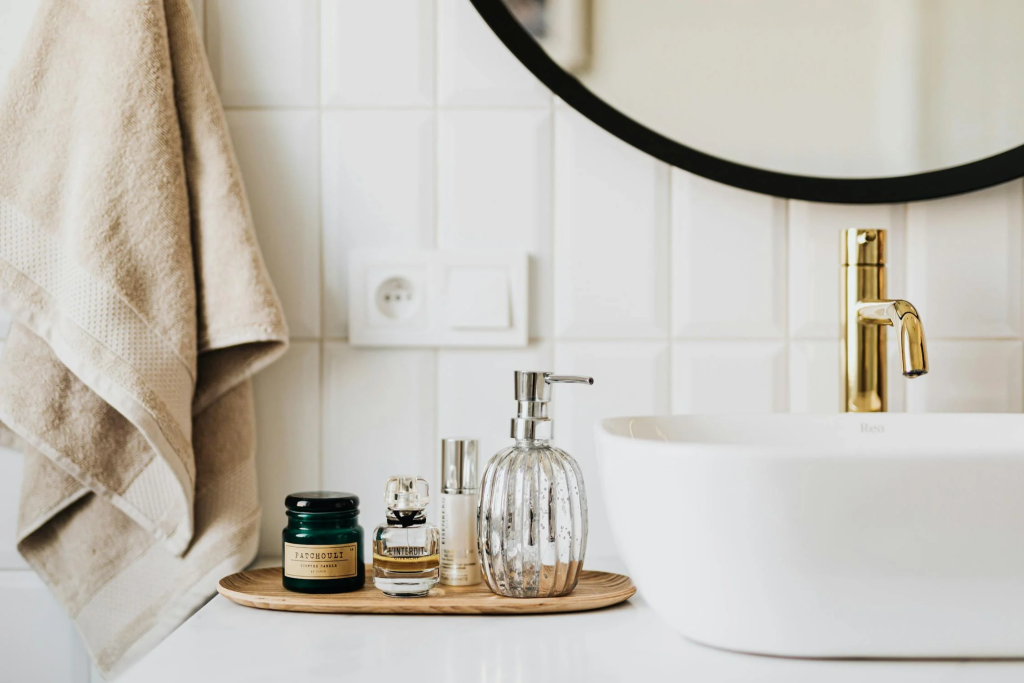A minimalist skincare routine is all about using fewer, high quality products that deliver maximum results. Instead of layering unnecessary steps, a well-designed minimalist regimen focuses on essential products that keep your skin healthy and balanced. Whether you’re overwhelmed by the number of skincare products on the market or looking to simplify your routine, this guide will help you build an effective skincare routine with just a few key steps.
Understanding Minimalist Skincare
Minimalism in skincare doesn’t mean neglecting your skin—it means cutting out the excess and focusing on what truly benefits your skin. A minimalist approach helps prevent irritation, saves time, and ensures that each product you use serves a specific purpose. With fewer products, you can also invest in higher-quality ingredients that target your skin’s needs.
Building a minimalist routine starts with identifying your skin type and concerns. Dry, oily, combination, and sensitive skin all have different requirements. By understanding your skin’s needs, you can choose the right products that work without unnecessary extras. If you’re someone who enjoys the occasional online game while taking care of your skin, click here to find live casino games and make your relaxation time even more enjoyable.
The Essential Steps in a Minimalist Skincare Routine
1. Gentle Cleanser
The foundation of any skincare routine is cleansing. A gentle, non-stripping cleanser removes dirt, oil, and makeup without disrupting the skin barrier. Look for sulfate-free cleansers with hydrating ingredients like glycerin or ceramides. For dry or sensitive skin, a hydrating cream cleanser is ideal, while those with oily skin may benefit from a gel-based formula.
How to Use: Wash your face twice daily—once in the morning and once before bed—to remove impurities and keep your skin balanced.
2. Hydrating Moisturizer
A good moisturizer locks in hydration and supports the skin barrier. Even if you have oily skin, moisturizing is essential to prevent dehydration, which can trigger excess oil production. Choose a lightweight, non-comedogenic moisturizer with ceramides, hyaluronic acid, or niacinamide.
How to Use: Apply a thin layer after cleansing while your skin is slightly damp to seal in moisture.
3. Broad-Spectrum Sunscreen (SPF 30 or Higher)
Sunscreen is the most crucial step in any skincare routine. Daily SPF application prevents premature aging, hyperpigmentation, and skin cancer. A minimalist approach means finding a sunscreen that also acts as a moisturizer to cut down on extra products.
How to Use: Apply sunscreen every morning, even on cloudy days. Reapply every two hours if you’re outdoors.
Optional Steps for Targeted Concerns
If you have specific skin concerns, adding one or two extra products can enhance your minimalist routine without complicating it.
Exfoliation (1-2 Times a Week)
Chemical exfoliants like AHAs (glycolic acid) or BHAs (salicylic acid) help unclog pores and improve skin texture. Exfoliation should be limited to once or twice a week to avoid over-stripping the skin.
Treatment Serum
A single, well-formulated serum can address concerns like acne, hyperpigmentation, or fine lines. Vitamin C serums brighten the skin, while niacinamide helps with redness and oil control. Retinol is a great anti-aging option but introduce it slowly to avoid irritation.
Common Mistakes to Avoid
1. Using Too Many Products
More products don’t always mean better results. Stick to the essentials and resist the temptation to layer unnecessary serums and creams.
2. Skipping Sunscreen
No skincare routine is complete without daily sun protection. UV exposure is one of the leading causes of premature aging and skin damage.
3. Changing Products Too Often
Consistency is key. Stick with a routine for at least four to six weeks before evaluating results. Constantly switching products can irritate the skin and make it harder to determine what’s working.
Final Thoughts
A minimalist skincare routine is about quality over quantity. By focusing on the essentials—cleansing, moisturizing, and sun protection—you can maintain healthy skin without the clutter of unnecessary products. If you need to target specific concerns, adding one or two extra steps, like a gentle exfoliant or treatment serum, can be beneficial. Keep it simple, stay consistent, and give your skin time to respond.


